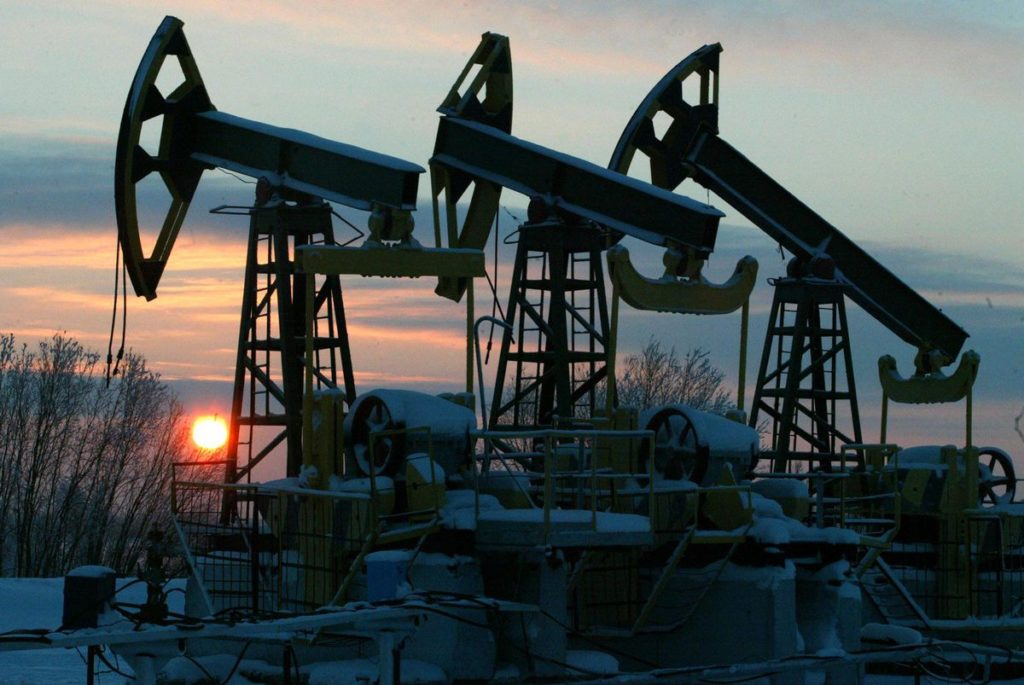
ISLAMABAD: Pakistan’s oil and gas sector is poised for growth as the government accelerates exploration efforts, improves liquidity, and addresses long-standing challenges in the energy sector, according to a report issued by AKD Securities.
Recent developments, including the allocation of new exploration blocks and rationalized gas prices, are expected to revive exploration and production (E&P) activities, particularly in the resource-rich but underdeveloped Balochistan basin.
Government Fast-Tracks Exploration Block Awards
Under the DGPC Bid Round 2025, the government has provisionally allocated 13 new onshore exploration blocks, with operatorship awarded to major state-owned firms:
– Oil and Gas Development Company (OGDC): 3 blocks
– Pakistan Petroleum Limited (PPL): 1 block
– Mari Petroleum (MARI): 7 blocks
– Pakistan Oilfields (POL): 1 block
Notably, nine of these blocks are in Balochistan, a region with significant untapped reserves but historically hampered by security concerns. The remaining blocks are in Sindh (3) and Punjab (1).
This marks a significant uptick in exploration licensing, with 33 blocks awarded in the past 34 months, compared to just 23 between fiscal years 2015 and 2022. The focus on high-potential but riskier zones, particularly in Balochistan, underscores efforts to counter depleting domestic reserves and reduce reliance on costly energy imports.
E&P Activity Gains Momentum
Domestic E&P firms have ramped up capital expenditures, leading to:
– 20 new hydrocarbon discoveries in the first 10 months of FY25, up 33% from FY24.
– 40 wells drilled (17 exploratory, 23 developmental) in 10MFY25, slightly below the 46 wells drilled in the same period last year.
– Capex surged to $362 million in 9MFY25, a 51% increase year-over-year, though still below the pre-2020 average of $500 million annually.
Balochistan Emerges as a Key Frontier
While most exploration has historically centered on the Indus Basin, the Balochistan Basin—Pakistan’s second-largest sedimentary basin—is gaining attention. Key highlights:
– Estimated reserves: 78 trillion cubic feet (TCF) of gas and 8.6 billion barrels of oil.
– Only 7.6% of total exploration acreage is currently held in Balochistan, but 22,000 sq. km of new exploration licenses were awarded in 10MFY25 alone, signaling growing interest.
Security improvements, driven by initiatives like the Special Investment Facilitation Council (SIFC) and China-Pakistan Economic Corridor (CPEC) Phase-II, are expected to support exploration in the region.
Gas Price Reforms Boost Liquidity
Recent gas price hikes—six adjustments since FY23—have improved cash flows for E&P firms:
– OGDC and PPL’s cash receipts averaged 105% and 93% in 9MFY25, up from historic lows of 75% and 64% (FY19-24).
– This liquidity boost enables firms to pursue delayed development projects and explore higher-risk reserves.
Challenges Remain
Despite progress, the sector faces hurdles, including:
– Security risks in Balochistan, though improving, remain a concern.
– Capex levels, while rising, are still below pre-2020 averages.
– Infrastructure gaps in remote exploration zones.
Pakistan’s oil and gas sector is entering a renewed growth phase, driven by policy reforms, heightened exploration, and improved investor confidence. The focus on Balochistan—coupled with government support—could unlock substantial reserves, reducing energy imports and bolstering economic stability. However, sustained security and investment will be critical to long-term success.